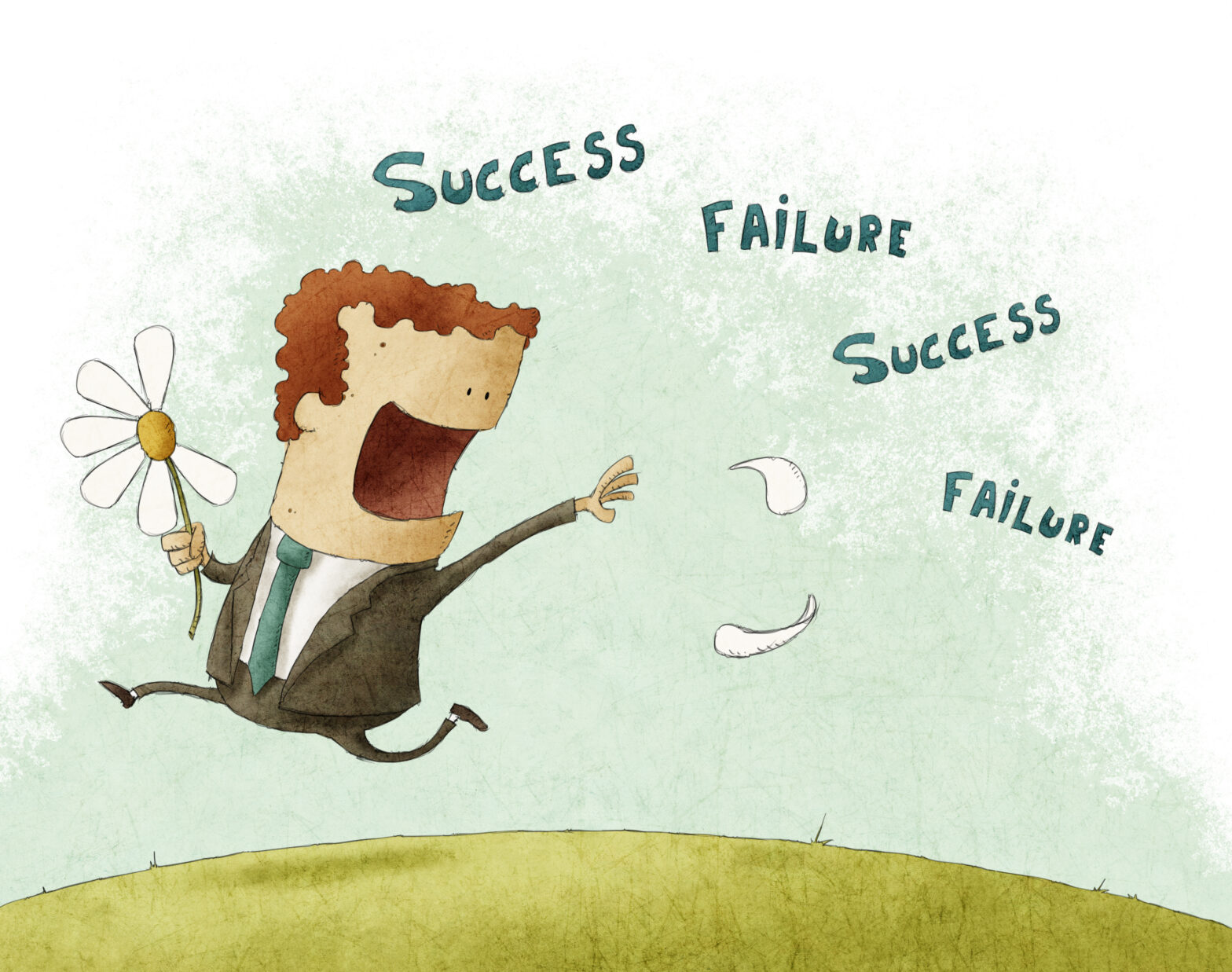What do the world’s most famous social media website, a Jamaican style BBQ sauce, children’s wheel-on suitcases and swing dancing, all have in common? No, there’s no punch line, it’s simple – they are all successful start-ups.
Led by maverick entrepreneurs with great vision and minimal risk aversion they have started from a seed of an idea and developed into, in some instances, global game changers. The question is though, what made them successful over the millions of other ‘great ideas’ and torn up business plans? It’s one of life’s unanswerable questions.
Let’s start by flipping it on its head – what is most likely to cause a start-up to fail – faulty product, poor management team or no market? It could be argued that it is any one of those three; when speaking to private investors these three aspects rank differently depending on whom you speak to.
For the purpose of this article, however, let’s focus on the product and the market.
According to the UK200 (the UK’s leading membership association for independent accountants and lawyers), appropriate market research ranks third in their ‘Good, Bad and Ugly’ business plan Top 10. The purpose of market research in the pursuit of start-up success is to prove 1) that you have a market, and 2) that your product is going to satisfy it. In the words of Paul Graham, founder of the first Software as a Service (SaaS business), “make things people want”.
Market research doesn’t have to be as daunting and expensive as some would have you believe. There are hundreds of primary market research companies out there designed specifically for use by start-ups. Secondary research can be acquired through online journals and reports – the British Library has a whole centre dedicated to business and IP bursting at the seams with useful and relevant market information.
Successful businesses will use market research to provide the evidence to investors that there is a demand in the market and that their product will satisfy it through identifying and testing a number of factors, including but not limited to:
- Total addressable market – identifying the total size of your market and, based on a number of clear assumptions, calculating what percentage of that market is addressable by your business/product; what that means in terms of monetary value and whether that percentage is set to grow over time.
- Customers – it is essential that you have a clear picture of your customer profile. For instance, a business selling ‘delivered to your door’ meal ingredients kits may think this would be an ideal product for university students – they’re living away from home, have varying cooking abilities, limited money and cooking for one – seems like a no brainer. However, simple market research would have proven that university students actually would prefer to order a takeaway or grab a readymeal from the on campus shop – they have student loans and no parents to dictate what they eat. Targetting the right customer relies on solid researched evidence.
- Channels – So now you’ve identified your addressable market and what your customers look like, the next step is identifying how and where they buy to ensure that your sales and marketing channels are fit for purpose.
- Value Proposition – Effective market research will help you to define your value proposition; ‘the reason customers buy from you, today’, this could be identifying product features that others in the market don’t have or how you develop relationships with customers. Whatever the outcome, through market research, you will identify patterns and hopefully the ‘low hanging fruit’ of what your start-up can provide to the market.
All of this research is in aid of what Marc Andreessen termed ‘product/market fit’. Once the business has appropriate evidence to support the business concept, it must now ensure that their product works in a way that satisfies the identified market.
This will include things such as 1) product features, 2) product pricing, 3) market channels, 4) customer acquisition costs, 4) marketing campaigns etc. Naturally, all of this relies on you having the right team in place that has the knowledge and skills to be able to interpret what the market is telling them in order to create the fitting product.
Not to mention, an appropriate sales and marketing team who will ensure the product/market fit you have achieved internally is effectively portrayed in the market (you can see how team, product and market begin to become interrelated).
This does not go to say that other more operational factors of starting up a business aren’t highly important. But for start-ups, when money and resource are at their scarcest, prioritisation is key and there is evidence to support the fact that focussing attention on identifying your market and designing your product to satisfy that market far outweighs the importance of having the latest office equipment, TQM systems, HR policies and marketing budgets in place.
Finally, as with most things in a business on the growth curve, achieving product/market fit isn’t just a box that needs checking once and both the product and the market are likely to remain the same. Truly successful start-ups are continually researching and analysing their customers, their market and external markets, and adjusting to the fluctuating shape of their market to ensure they maintain the perfect fit.
Molly Rushworth is an executive in the strategy team at Price Bailey.






